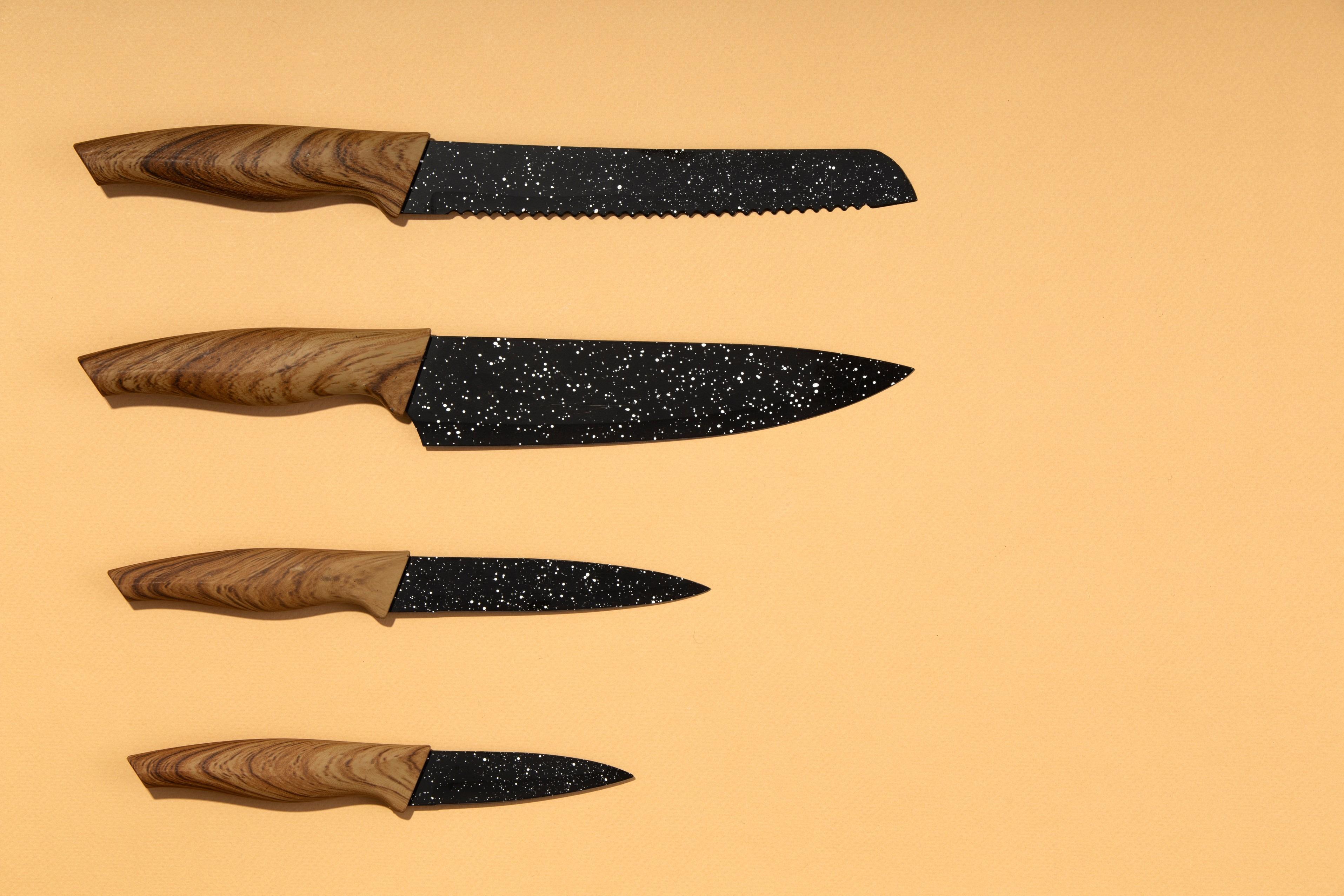Damascus Utility Blades: Artistry, Sharpness & Durability

When it comes to knives that combine beauty with cutting-edge performance, few match the reputation of a Damascus utility blade. Known for its intricate patterns and razor-sharp edge, this blade has long been a favorite among craftsmen, chefs, and collectors. It is more than just a tool — it is a functional work of art built to last.
What Makes Damascus Steel Special
Damascus steel stands out for its distinctive wavy patterns, which are not just decorative but the result of a centuries-old forging process. Traditionally, it involves layering and folding different types of steel to create a blade with remarkable strength, flexibility, and sharpness. The layered construction also helps resist chipping, making the blade reliable even after prolonged use.
A well-crafted Damascus utility blade carries a personality of its own. No two patterns are identical, giving each knife a unique identity. This makes them as appealing to display as they are to use.
The Role of a Utility Blade
A utility blade is one of the most versatile tools in any kitchen or workshop. Positioned between a chef’s knife and a paring knife in size, it can handle a wide variety of tasks with precision. From slicing small vegetables to cutting meat or trimming herbs, it delivers accuracy without the bulk of larger blades.
In a professional setting, a Damascus utility blade is prized for its ability to maintain a sharp edge through repeated use. Its balanced weight makes it comfortable for extended cutting sessions, reducing hand fatigue and improving overall efficiency.
Unmatched Sharpness and Performance
One of the most striking qualities of Damascus utility blades is their sharpness. The layered forging process creates a fine, resilient edge that holds its sharpness longer than many other steel types. This means less frequent sharpening, saving both time and effort.
When properly honed, a Damascus blade glides through food with minimal resistance. Whether slicing a ripe tomato, portioning fish, or performing intricate cuts, the edge delivers consistent results. This sharpness, combined with the blade’s durability, is why many professionals invest in Damascus steel.
Aesthetic Appeal That Stands Out
Beyond function, Damascus utility blades are admired for their stunning appearance. The surface patterns — often likened to flowing water or wood grain — are a result of the multiple steel layers interacting during the forging process. These patterns are not etched or painted; they are a natural product of the metal itself.
For collectors, this beauty makes a Damascus utility blade a prized addition to any knife collection. For those who use them daily, the aesthetic adds a sense of pride and satisfaction every time the knife is in hand.
Durability That Lasts for Years
Damascus steel is not only beautiful but also extremely durable. Its layered structure provides resistance against wear, while the forging process enhances toughness. When cared for properly, a Damascus utility blade can last for decades without losing its performance.
Proper care includes regular handwashing, drying immediately after use, and occasional oiling to protect the steel from moisture. Avoiding the dishwasher is key to preserving the intricate patterns and preventing corrosion.
Why Professionals Prefer Damascus Utility Blades
Chefs, craftsmen, and serious home cooks often choose Damascus utility blades for the combination of precision, comfort, and longevity. These blades offer the agility needed for fine cuts while retaining enough strength for heavier tasks. The ergonomic balance also means better control, allowing for cleaner cuts with less effort.
Another reason professionals favor Damascus blades is their reliability. Even under frequent use, they maintain their sharpness and integrity, making them a dependable choice in demanding environments.
Choosing the Right Damascus Utility Blade
Not all Damascus knives are created equal. When selecting a blade, consider the following factors:
-
Layer Count: More layers generally mean a more intricate pattern and better durability.
-
Core Steel Quality: A high-carbon steel core provides excellent edge retention.
-
Handle Design: Look for a comfortable grip that suits your hand size and cutting style.
-
Craftsmanship: Hand-forged blades often have superior build quality compared to mass-produced options.
For those seeking a balance of artistry and functionality, investing in a Damascus utility blade from a trusted maker ensures you get a knife that performs beautifully and lasts for years.
Caring for Your Damascus Utility Blade
To maintain its sharpness and beauty:
-
Wash by hand with mild soap and warm water.
-
Dry immediately to prevent rust.
-
Store in a knife block, sheath, or magnetic strip to avoid edge damage.
-
Sharpen with a whetstone or have it professionally honed as needed.
-
Oil the blade occasionally to preserve its luster and prevent oxidation.
These simple steps will keep your blade looking and performing like new for many years.
The Perfect Balance of Form and Function
Damascus utility blades are more than cutting tools. They embody a tradition of craftsmanship, combining striking beauty with unmatched performance. Whether you are a professional chef, a culinary enthusiast, or a collector, owning a Damascus utility blade is an investment in quality, durability, and artistry.
When treated with care, it will not only elevate your cutting experience but also remain a cherished piece for generations to come.







